Story Image Creator - image generator for visual storytelling.
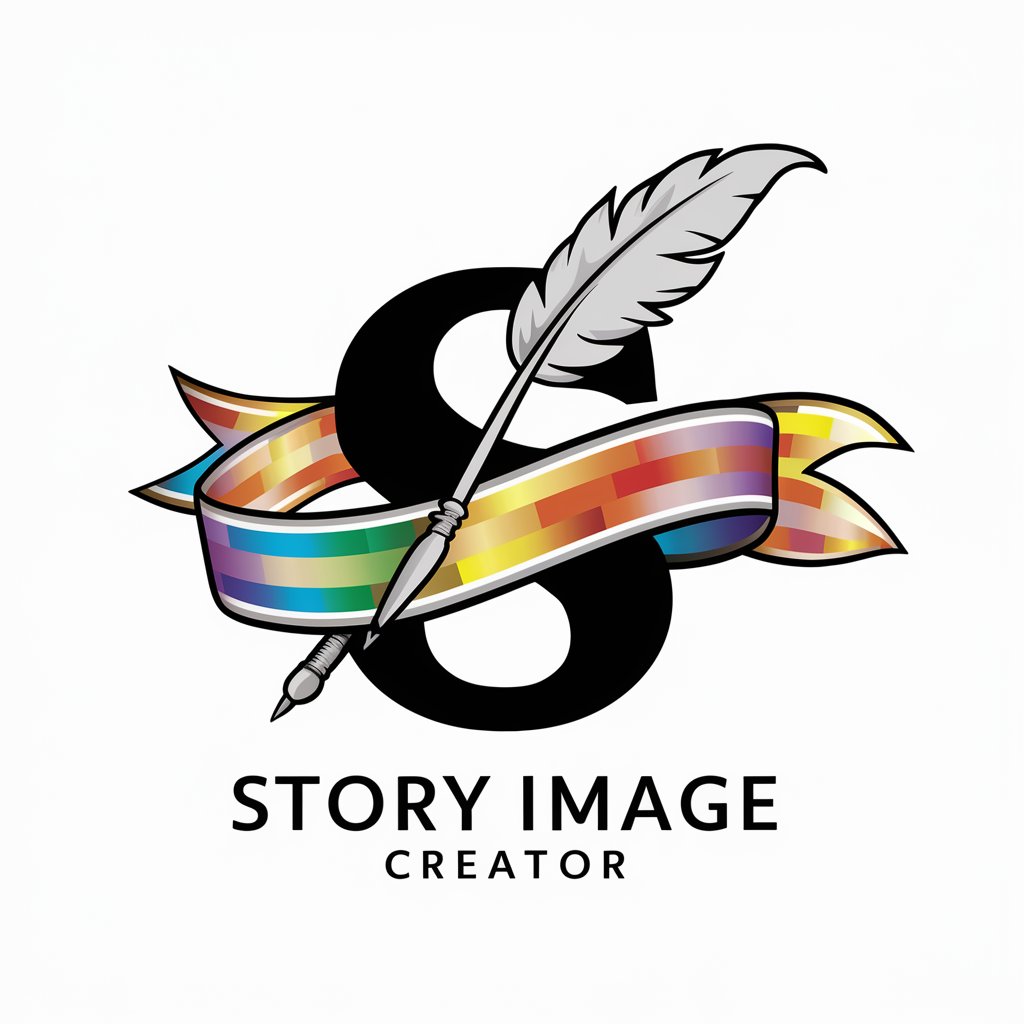
Welcome to Story Image Creator!
AI-powered tool for generating story images.
Once upon a time in a distant land,
In a small village nestled in the hills,
On a stormy night,
In the heart of the enchanted forest,
Get Embed Code
Introduction to Story Image Creator
Story Image Creator is a specialized tool designed to automatically generate images from narrative text, thereby visually depicting the flow of the story. This tool serves to bridge the gap between textual storytelling and visual representation, making it particularly useful in enhancing the immersive experience of stories. For instance, if a user has a story about a medieval adventure, Story Image Creator can produce detailed images of key scenes such as a knight preparing for battle or a festive gathering at a castle, thereby bringing the narrative to life visually. Powered by ChatGPT-4o。

Main Functions of Story Image Creator
Narrative Creation Phase
Example
A user provides a tale of a lost city. The tool breaks this story down into specific scenes like the protagonist discovering a map, journeying through the desert, and finally uncovering the forgotten city.
Scenario
This phase is essential when creating a storybook or an interactive storytelling app where each scene must be vividly visualized to enhance reader engagement.
Image Generation Phase
Example
From the previously mentioned story, Story Image Creator would generate individual images for each scene, such as the intense moment of the desert journey under a scorching sun.
Scenario
Useful in digital storytelling platforms or educational contexts where visual aids can help illustrate complex narratives or historical events.
Interactive Scene Selection and Automatic Improvements
Example
If the same character appears in multiple scenes, the tool ensures that the character's appearance remains consistent across all images, adjusting based on user feedback.
Scenario
Ideal for creators of serialized content or graphic novels who need consistent character representations throughout multiple publications.
Ideal Users of Story Image Creator
Content Creators
Authors, illustrators, and graphic designers who want to visualize scenes from their writings or content to better engage with their audience, or to provide additional media alongside their text.
Educators and Students
Teachers can use the images to illustrate historical events, literary scenes, or complex concepts in classrooms, enhancing understanding and retention. Students can use it to create visual projects or presentations based on narrative texts.

How to Use Story Image Creator
1
Visit yeschat.ai for a free trial without login, also no need for ChatGPT Plus.
2
Create or upload your story. You can write your own text or choose from the example templates provided.
3
Select the number of scenes to break your story into for visualization purposes.
4
Choose the visual style you prefer (e.g., realistic, animated, or illustration). Customize further by providing additional details.
5
Generate and review images for each scene, providing feedback or adjustments as necessary.
Try other advanced and practical GPTs
Descision Tree Crafter
Automate decision tree creation powered by AI.

Scholarship Essay Assistant
Power Your Scholarship Pursuit with AI

LogicMonitor Assistant
Empower your IT with AI-driven monitoring

BASH - Shell script programming genius
AI-driven Bash Script Enhancement
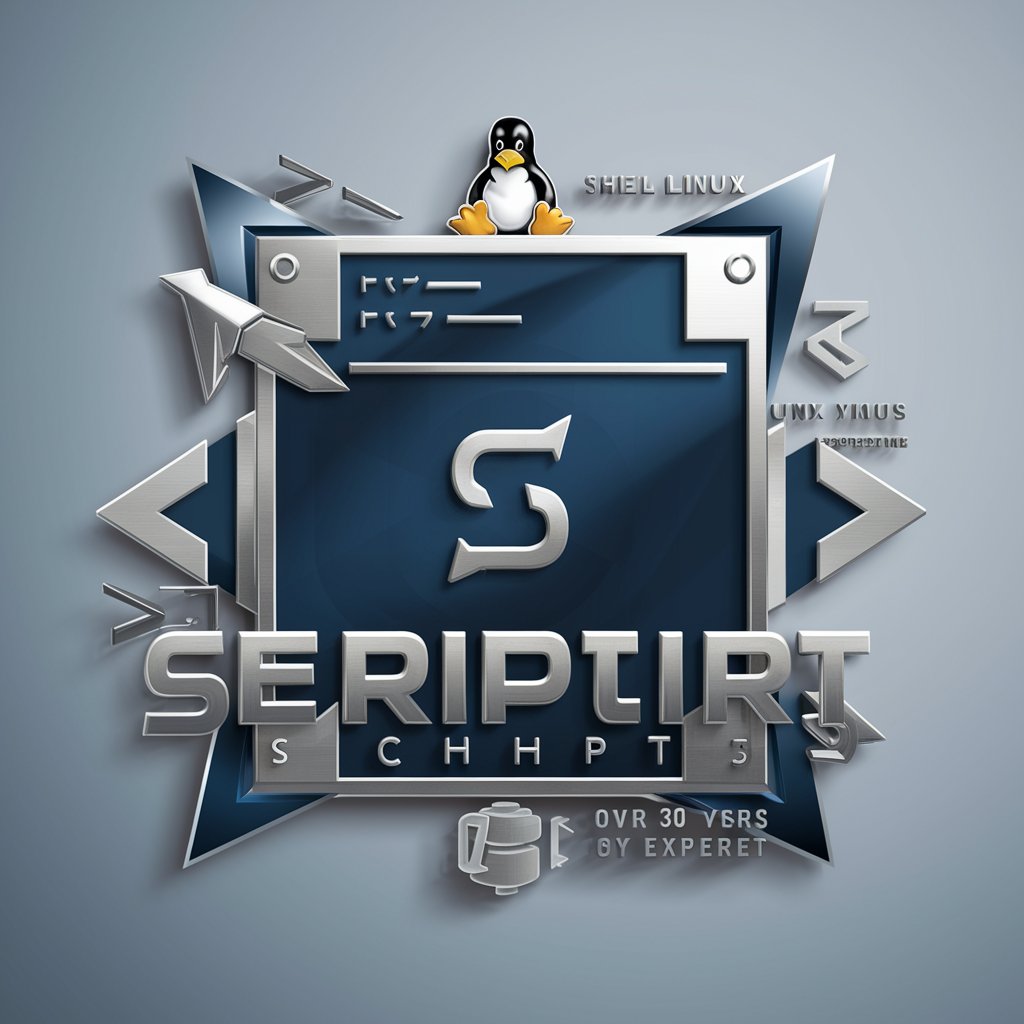
Binance trading bot
Empower Your Trading with AI

Ressources humaines
Empowering HR with AI Insight

EvolvPet
EvolvPet: Your AI Companion
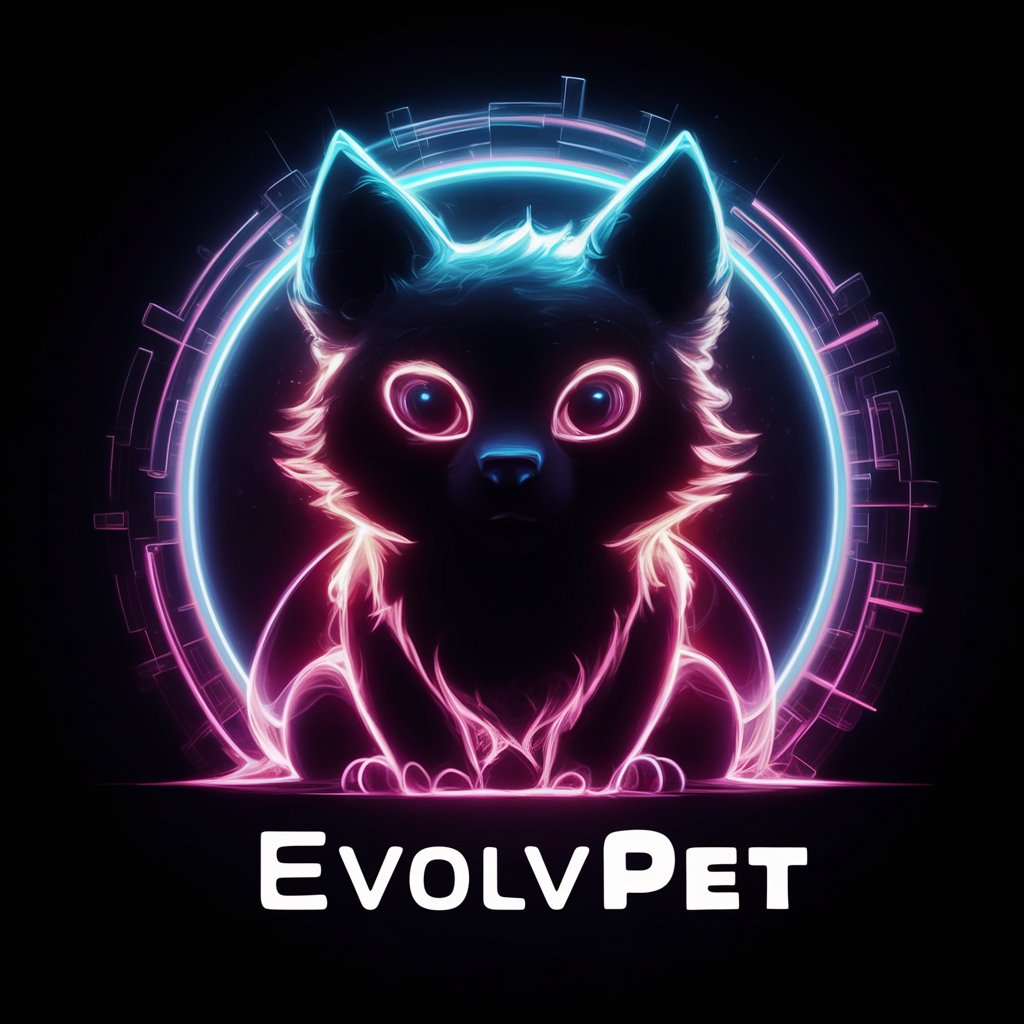
Fantasy Artisan
Envision, Create, Explore—Your AI Fantasy Studio
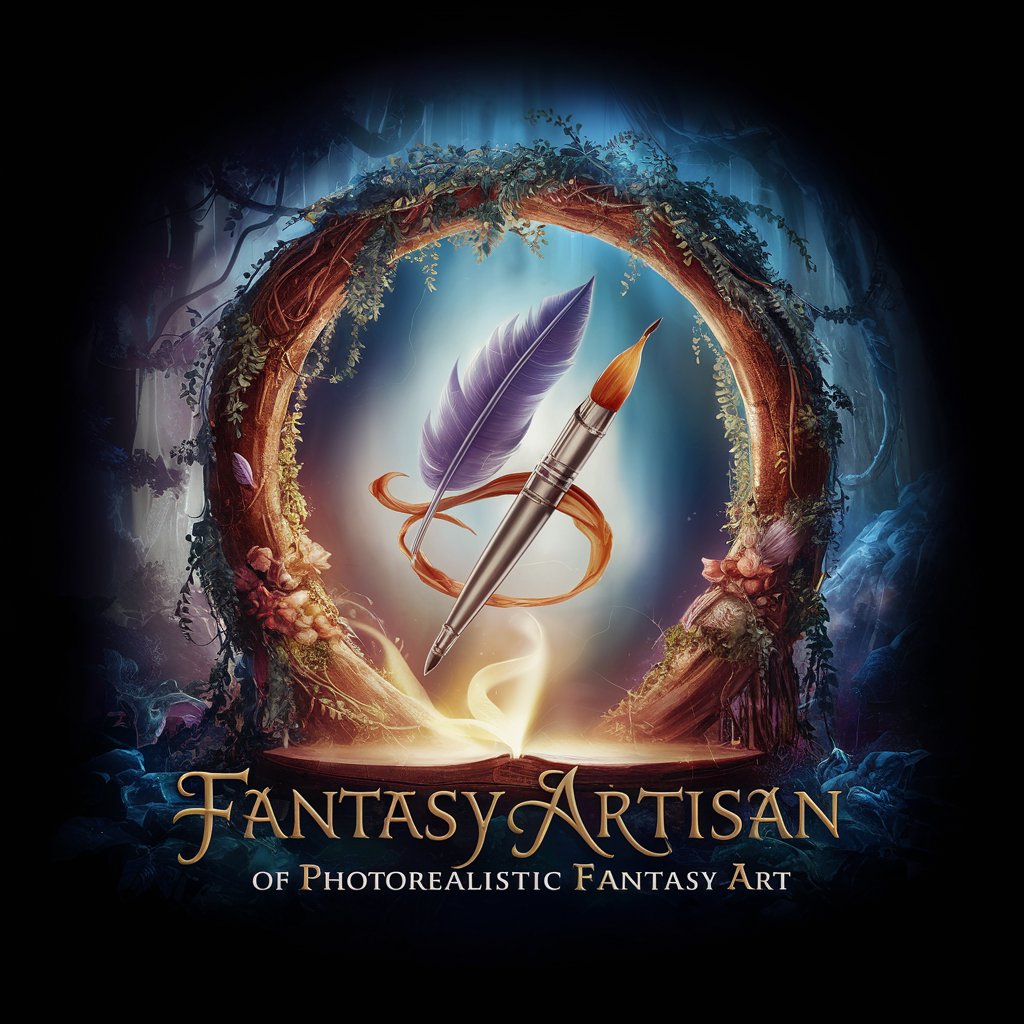
Assistant NepetAI
Chat with a twist of fun!
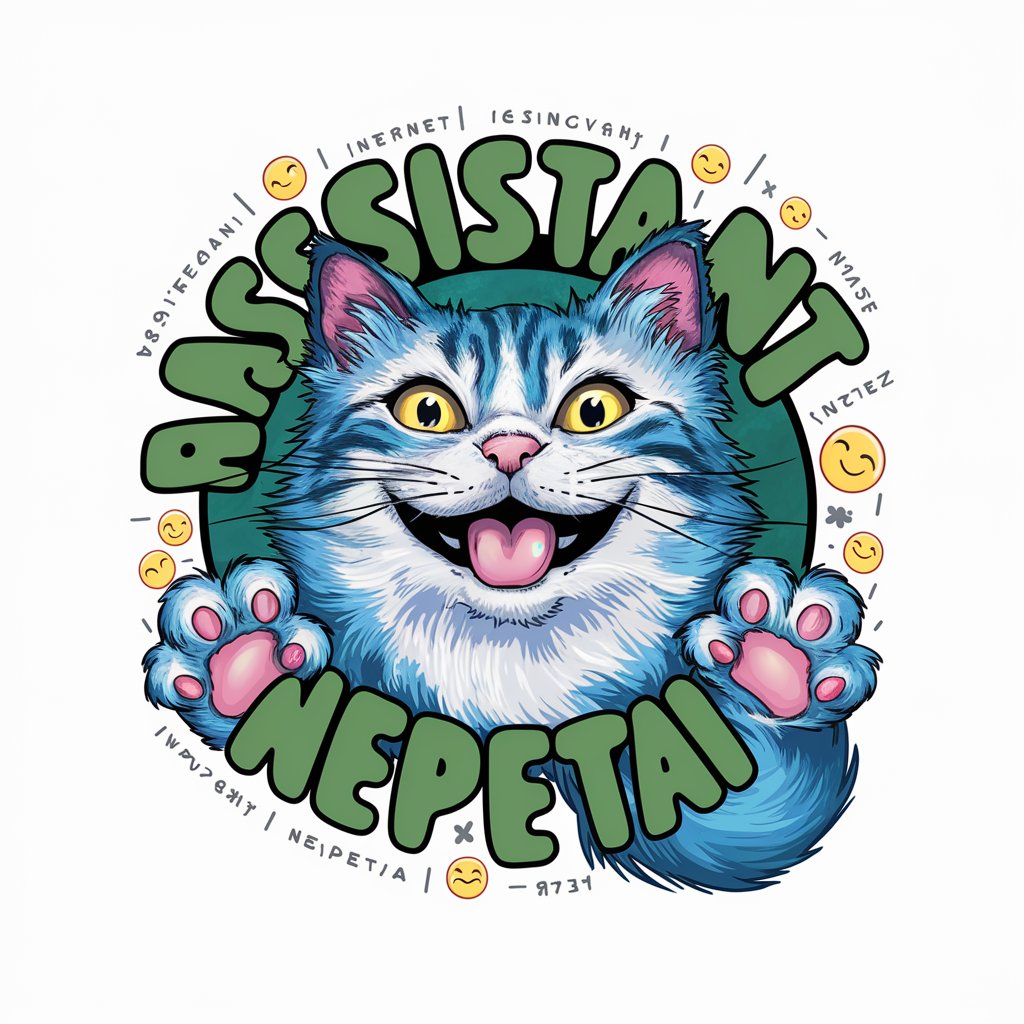
Math and Accounting Tutor
Empower Your Learning with AI

Financial Accounting GPT
Simplify Accounting with AI-Powered Insights

Python Bug Buster
Debug Python code faster with AI power.

Story Image Creator Q&A
What types of visual styles are available?
Story Image Creator provides multiple styles like realistic, animated, and illustration, letting you pick the best match for your story.
Can I customize characters across multiple scenes?
Yes, characters maintain consistency across scenes, allowing you to describe them consistently and ensure they appear similar throughout.
Is manual feedback necessary for each scene?
No, but it's recommended. You can choose automatic generation across all scenes or review each scene one by one to provide feedback.
How does the tool maintain consistent quality in generated images?
It uses your selected preferences and feedback to improve consistency in color, style, and characters across all scenes.
Can Story Image Creator analyze emotions in my story?
Yes, it analyzes emotional context and adapts colors and themes accordingly to convey the right atmosphere.
